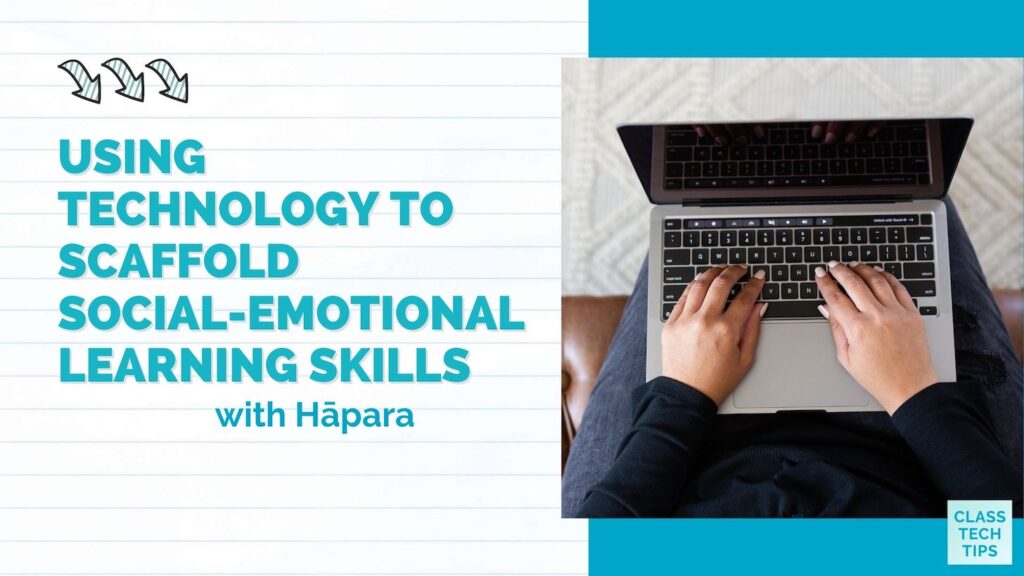What does social-emotional learning look like in your classroom? Many schools and districts have adopted initiatives focused on helping students build SEL skills this year. If you are looking to scaffold social-emotional learning skills, Hāpara can help make this happen. Their platform and resources help educators at all levels facilitate conversations related to social-emotional learning, model strategies for students and help distribute useful resources.
Regular readers of the blog might remember my recent posts featuring Hāpara Digital Backpack or this one on Hāpara Filters. This dynamic platform helps schools and districts address a wide variety of goals. In today’s blog post, we’ll look at how Hāpara Workspace and Highlights features support the CASEL Framework. This platform can enable teachers to embed social-emotional learning skill-building into every element of their teaching.
Let’s take a look at Hāpara Workspace and Highlights and how it supports social-emotional learning in every classroom!
Social-Emotional Learning and CASEL
Schools and districts across the country have adopted social-emotional learning initiatives. Does your school have a commitment to building SEL skills this year? If you’re new to the idea of SEL, the CASEL Framework is a great place to start. It provides an excellent overview of the components of social-emotional learning. This includes self-awareness, self-management, social awareness, relationship skills, and responsible decision-making.
The case for providing opportunities to scaffold social-emotional learning is a strong one. We know that the components of SEL are all crucial for student success both inside and outside the classroom. Teachers have several options for using Hāpara’s tools to help students build social-emotional skills this school year.
Download this free ebook with more information on SEL skill-building >>

Scaffold Social-Emotional Learning Skills
How does Hāpara help teachers scaffold social-emotional learning skills? Hāpara Highlights provides educators with access to features that scaffold the development of SEL skills, including self-management, self-awareness, responsible decision-making, relationship skills, and social awareness. For example, a teacher can model online interactions and how to make decisions as they interact with content and share what they’ve learned with others. They can model how to determine if an online source is actually a reliable source of information, too. This type of skill-building can also help address commitments to build resilience. Students can see how teachers navigate the Internet by starting a filter session in Hāpara Highlights.
With this strategy for scaffolding search skills, students can see how you select a resource. They can watch as teachers scan the search results of just a few curated articles and resources, too. Teachers can gradually allow students to venture out more freely by learning how to analyze information, data, and facts. In this example, the scaffolding of self-management and responsible decision-making are on display.

SEL Skill-building
In addition to Hāpara Highlights, Workspace’s flexible design and functionality allow teachers to provide learners with opportunities to put these competencies into practice. Workspace gives teachers a quick way to organize resources and share them with students. This functionality means you can select resources you want to get in the hands of students in any subject – including ones related to your SEL goals.
In a Workspace, teachers can present students with various perspectives on one topic. This can help them view the world through different lenses. This blog post from Hāpara also talks more about using specific language as you set up a Workspace to address goals around SEL skill-building.
Are you interested in learning more about how to scaffold social-emotional learning in your school and classroom? Download this free ebook from the Hāpara team with many resources for educators. You’ll find recommendations for improving students’ mental health and how Hāpara supports the Department of Education’s recommendations around social-emotional learning.







